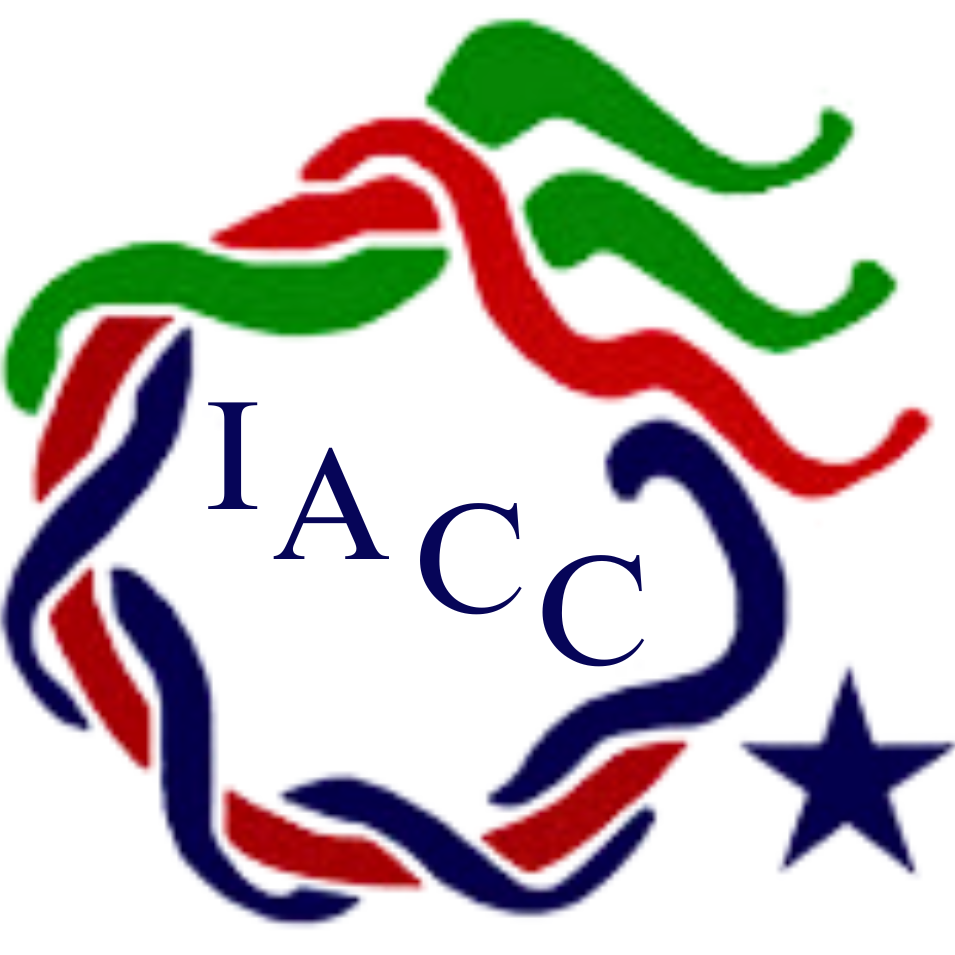Norouz
Embrace the Spirit of Norouz
Norouz, the Persian New Year, celebrates spring's arrival and symbolizes renewal and hope. For over 3,000 years, it has brought families together to honor traditions and welcome a new beginning.
Norouz
Also spelled Nowruz or Nawruz is the Persian New Year, an ancient celebration marking the first day of spring and the renewal of nature. It has been celebrated for over 3,000 years across various regions, including Iran, Afghanistan, Tajikistan, and parts of Central Asia, as well as by people of Persian descent worldwide. The name “Norouz” means “New Day” in Persian, and the festival signifies the triumph of light over darkness, symbolizing renewal, rebirth, and the hope for a prosperous year ahead.
Origins and History
Norouz is rooted in Zoroastrianism, the ancient pre-Islamic religion of Persia, where it was closely tied to agricultural cycles and the vernal equinox. Historically, it has been celebrated by various Persian empires, from the Achaemenids to the Sassanids, and it has survived cultural changes and the spread of new religions such as Islam. Despite political and religious shifts, Norouz has remained a key celebration in Persian culture, serving as a unifying festival across diverse communities.
Timing and Significance
Norouz typically falls on or around March 20th or 21st, coinciding with the spring equinox, when day and night are equal in length. This moment marks the beginning of the Persian calendar, and Norouz is the first day of the new year. The festival extends beyond just one day, as celebrations can last up to two weeks, culminating in “Sizdah Bedar,” the 13th day of Norouz, where people go outdoors to enjoy nature.
Preparations and Traditions
Preparation for Norouz begins weeks in advance with “Khaneh Tekani” (house cleaning), symbolizing a fresh start and the removal of past negativity. New clothes are often purchased, and homes are decorated with flowers, particularly hyacinths and tulips, which symbolize renewal and vitality.
A key element of Norouz is the Haft-Seen table, a symbolic arrangement of seven items that start with the Persian letter “S” (seen) and each represents an aspect of life and renewal. The traditional items include:
- Sabzeh (wheat, barley, or lentil sprouts) – representing rebirth and growth.
- Samanu (sweet pudding made from wheat germ) – symbolizing power and strength.
- Senjed (dried oleaster fruit) – symbolizing love and fertility.
- Seer (garlic) – symbolizing health and protection.
- Seeb (apple) – representing beauty and good health.
- Somāq (sumac berries) – symbolizing the sunrise and the triumph of good over evil.
- Serkeh (vinegar) – representing patience and wisdom.
Additional items often include a mirror, candles, decorated eggs (symbolizing fertility), goldfish (representing life), coins (for prosperity), and a book of poetry, typically the works of Hafez or the Shahnameh.
Key Celebrations
-
Chaharshanbeh Souri: Held on the last Wednesday before Norouz, this fire-jumping festival involves people leaping over bonfires while chanting “Zardi-ye man az to, sorkhi-ye to az man,” meaning “Take my yellow, give me your red.” This ritual represents purification, with fire symbolizing the cleansing of illness and bad luck.
-
Norouz Day: On the actual day of Norouz, families gather to exchange gifts, share meals, and pay respect to elders. A festive feast often includes traditional dishes like Sabzi Polo Mahi (herb rice with fish) and Reshteh Polo (rice with noodles, symbolizing the unraveling of life’s challenges).
-
Sizdah Bedar: Thirteen days after Norouz, people head outdoors for picnics and festivities in nature, symbolizing the release of bad luck associated with the number 13. The sprouted greens (Sabzeh) from the Haft-Seen table are thrown into rivers or streams to signify the return of life to nature.
Modern Relevance
Norouz is a UNESCO-recognized Intangible Cultural Heritage of Humanity, celebrated by millions of people worldwide, both in their home countries and across the diaspora. It has evolved beyond a religious holiday to become a cultural symbol of unity, peace, and harmony. In Iran, Norouz marks a two-week holiday during which schools and offices close, and people travel to visit family. Across the globe, Norouz is a time for communities to come together, renew bonds, and welcome the new year with hope and optimism.
For Persian-speaking and related communities, Norouz is more than just a celebration of the new year—it is a symbol of cultural pride, continuity, and a connection to their ancient heritage.
